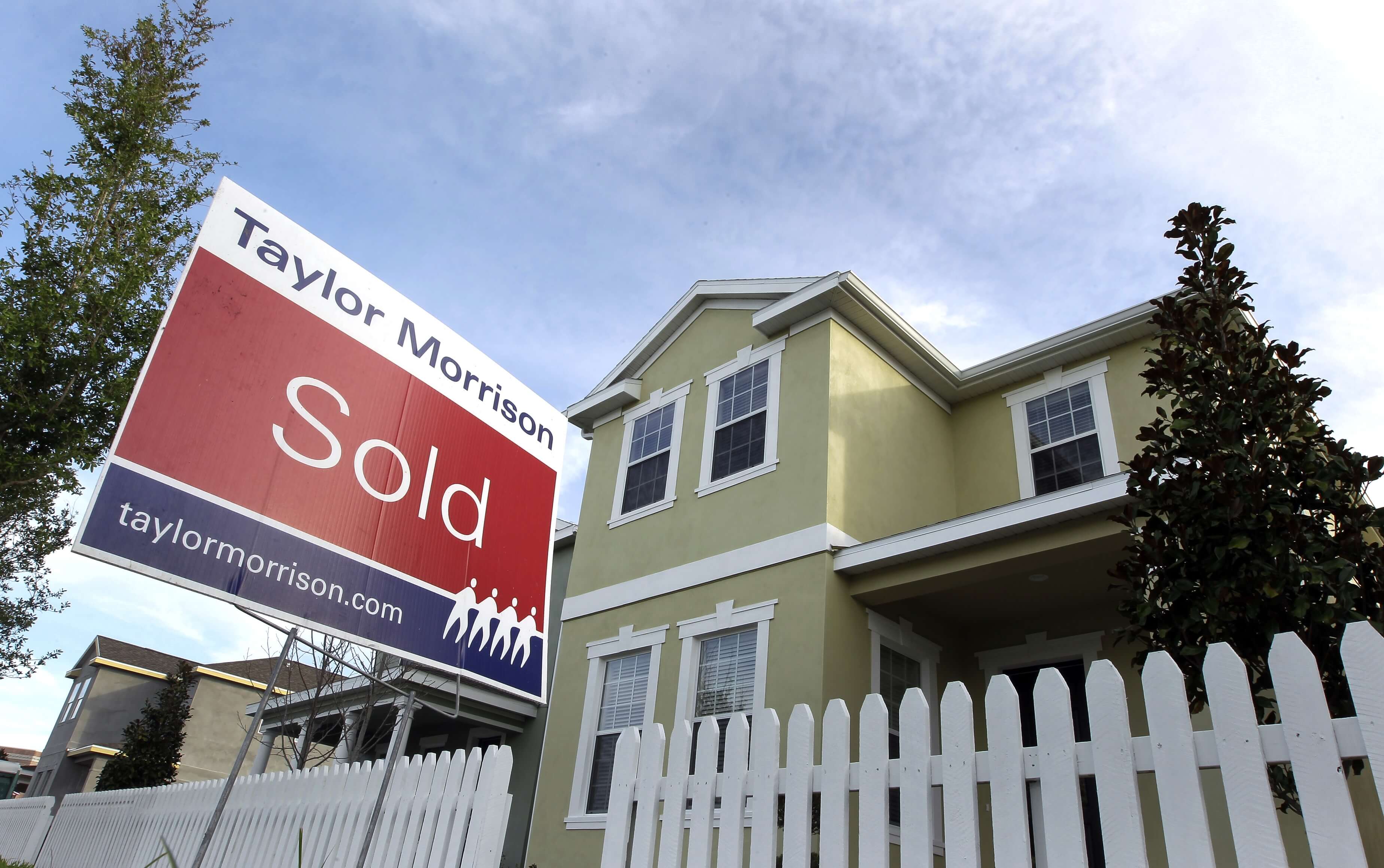Weekend reading: “low unemployment, low wages” edition
This is a weekly post we publish on Fridays with links to articles that touch on economic inequality and growth. The first section is a round-up of what Equitable Growth published this week and the second is the work we’re highlighting from elsewhere. We won’t be the first to share these articles, but we hope by taking a look back at the whole week, we can put them in context.
Equitable Growth round-up
Equitable Growth this week announced that it will be awarding 24 grants this year, totaling close to $900,000 to economists and social scientists conducting research on how economic inequality affects economic growth and stability. This brings Equitable Growth’s total in grant awards to more than $3.8 million to more than 150 researchers in the last five years.
As part of the recent launch of our new website, Equitable Growth’s Elisabeth Jacobs authored a reintroduction of our work on family economic security. Jacobs discusses how the rise in income inequality over the past four decades was accompanied by shifts in families’ economic lives as women, particularly mothers, participation in the labor market expanded.
Links from around the web
Kristin Butcher and Diane Whitmore Scanzenbach from the Center on Budget and Policy Priorities released their report “Most Workers in Low-Wage Labor Market Work Substantial Hours, in Volatile Jobs.” The report details the detrimental consequences that policy recommendations like taking away supplemental nutrition assistance and Medicaid benefits would have on exacerbating poverty and inequality. (CBPP)
How can it be that the U.S. labor market is so strong while wage growth remains so flat? University of Notre Dame economist Teresa Ghilarducci argues that wages aren’t increasing because productivity has been running ahead of wages, which led to stable prices but increased profits. (Forbes)
Inequality in the U.S. economy isn’t just visible through wages. Housing price inequality is an increasingly hot issue, but is it necessarily a bad thing? Megan Leonhardt discusses how states with greater home value inequality have a wider distribution of home values, meaning low-income families might have a better opportunity for homeownership. (CNBC)
The Economic Policy Institute released an interactive report showing just how dominant income growth at the top 1 percent has been. The report breaks down the ratio for the top 1 percent of earners to the bottom 99 percent of earners for every county across the United States. (EPI)
With record low unemployment, has there been a Trump bump in the economy? Matt O’Brien discusses how perhaps populism hasn’t paid off because fewer jobs have been added than expected and investments from the tax cut have been nonexistent. (WashingtonPost)
Friday figure

Figure is from “Equitable Growth’s: Assessing the economic effects of the Tax Cuts and Jobs Act”





